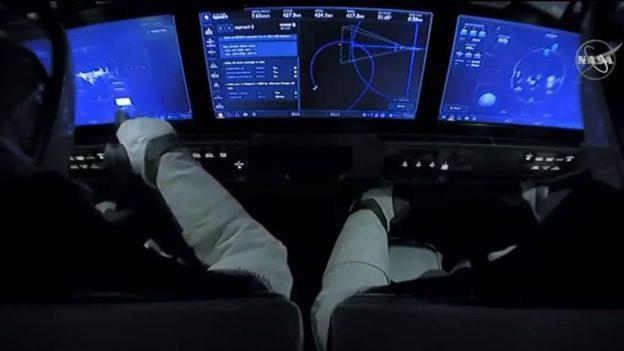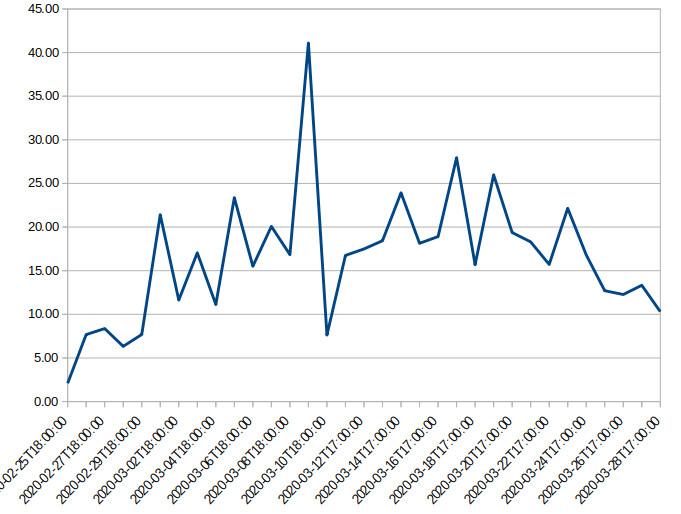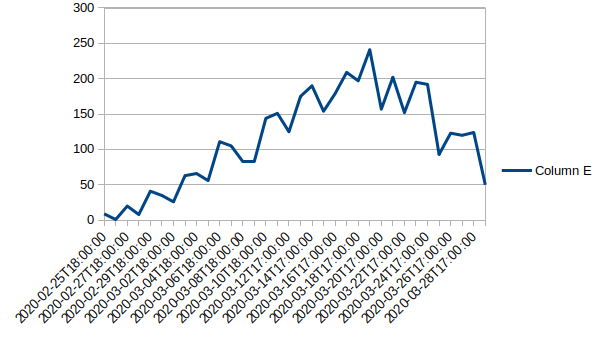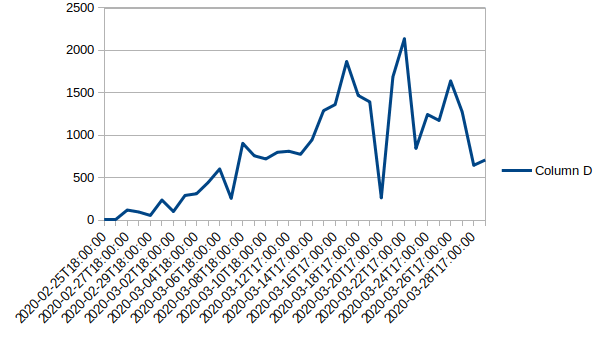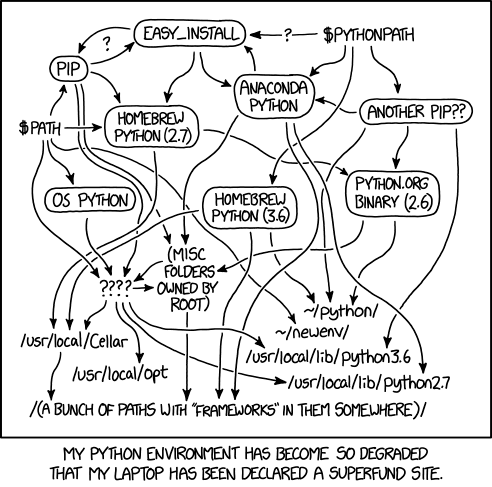We all know how much the apollo computer technology impacted on consumer technology : https://www.computerweekly.com/news/252466699/How-Apollo-11-influenced-modern-computer-software-and-hardware
Before Apollo computers were huge and filled whole rooms like this :
Apollo guidance system was this :
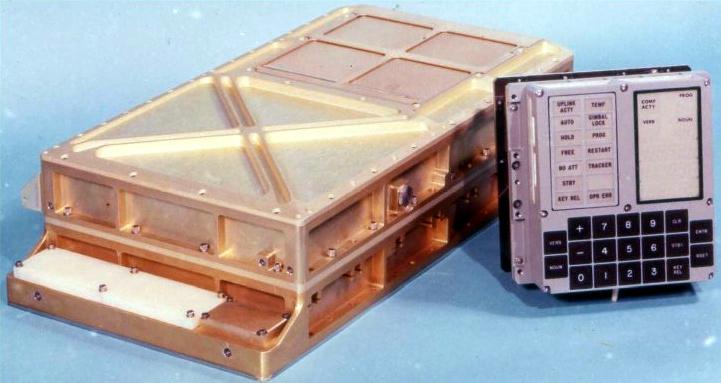
Space industry led the way to a complete new era of digital personal computers.
We are now in 2020 and we all saw the first launch of a manned private mission to Space Station : the SpaceX dragon capsule attacched to ISS and astronauts @AstroBehnken and @Astro_Doug used a docking interface on a touchscreen device (try it out here https://iss-sim.spacex.com ) to dock dragon.
So consumer/private technology is currently used in the space industry : the complete opposite of Apollo/GoToTheMoon era.
Think of this from a political point of view : there were times when the biggest achievements in technology were driven by US federal agencies, pouring public money into research, universities, private companies to reach unbelievable goals (go to the moon). Those investment has been around $280 billion of today money. This drove the country into years of technological leadership, leadership US is loosing against another country (china) which is doing exactly what US did during the 60s i.e. pouring money into the economy with state participated companies.
Its time for another “go to the moon” type of effort and the new moon is giving this planet sustainable energy for sustainable growth.
